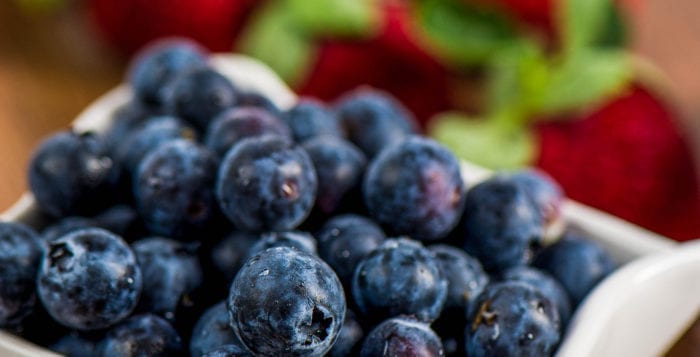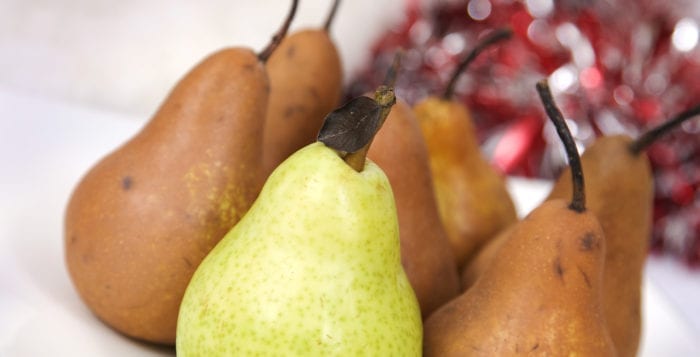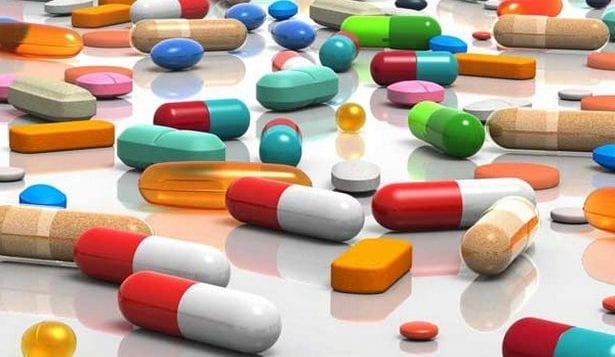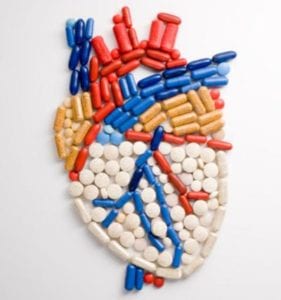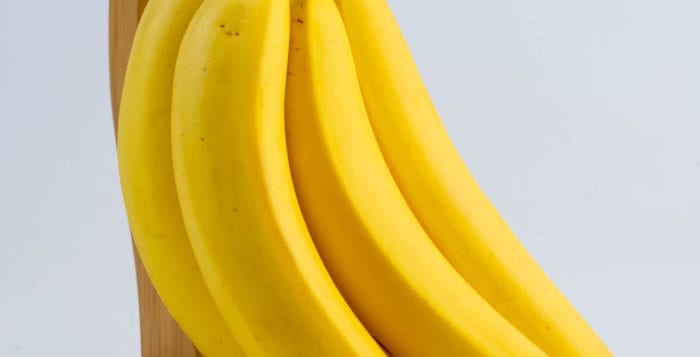By David Dunaief, M.D.

When we think of losing weight, calories are usually the first thing that comes to mind. We know that the more calories we consume, the greater our risk of becoming overweight or obese and developing many chronic diseases, including top killers such as heart disease, diabetes and cancer. Despite this awareness, obesity and chronic diseases are on the rise according to the Centers for Disease Control and Prevention.
How can this be the case? I am usually focused on the quality of foods, rather than calories, and I will delve into this area as well, but we suffer from misconceptions and lack of awareness when it comes to calories. The minefield of calories needs to be placed in context. In this article, we will put calories into context, as they relate to exercise, and help to elucidate the effects of mindful and distracted eating. Let’s look at the studies.
Impact of energy expenditure
One of the most common misconceptions is that if we exercise, we can be more lax about what we are eating. But researchers in a recent study found that this was not the case (1). The results showed that when menu items were associated with exercise expenditures, consumers tended to make better choices and ultimately eat fewer calories. In other words, the amount of exercise needed to burn calories was paired on the menu with food options, resulting in a significant reduction in overall consumption.
The example that the authors gave was that of a four-ounce cheeseburger, which required that women walk with alacrity for two hours in order to burn off the calories. Those study participants who had menus and exercise expenditure data provided simultaneously, compared to those who did not have the exercise data, chose items that resulted in a reduction of approximately 140 calories, 763 versus 902 kcals.
Even more interestingly, study participants not only picked lower calorie items, but they ate less of those items. Although this was a small preliminary study, the results were quite impactful. The effect is that calories become a conscious decision rooted in context, rather than an abstract choice.
The importance of mindful eating
Most of us like to think we are multitaskers. However, when eating, multitasking may be a hazard. In a meta-analysis (a group of 24 studies), researchers found that when participants were distracted while eating, they consumed significantly more calories immediately during this time period, regardless of dietary constraints (2).
This distracted eating also had an impact on subsequent meals, increasing the amount of food eaten at a later time period, while attentive eating reduced calories eaten in subsequent meals by approximately 10 percent. Distracted eating resulted in greater than 25 percent more calories consumed for the day. When participants were cognizant of the amount of food they were consuming, and when they later summoned memories of their previous eating, there was a vast improvement in this process.
The authors concluded that reducing distracted eating may be a method to help in both weight loss and weight management, providing an approach that does not necessitate calorie counting. These results are encouraging, since calorie counting frustrates many who are watching their weight over the long term.
The perils of eating out
Most of us eat out at least once in a while. In many cultures, it is a way to socialize. However, as much as we would like to control what goes into our food, we lose that control when eating out. In a study that focused on children, the results showed that when they ate out, they consumed more calories, especially from fats and sugars (3).
Of the 9,000 teenagers involved in the study, between 24 and 42 percent had gone to a fast-food establishment and 7 to 18 percent had eaten in sit-down restaurants when asked about 24-hour recall of their diets on two separate occasions.
Researchers calculated that this resulted in increases of 310 calories and 267 calories from fast-food and sit-down restaurants, respectively. This is not to say we shouldn’t eat out or that children should not eat out, but that we should have more awareness of the impact of our food choices. For example, many municipalities now require calories be displayed in chain restaurants.
Quality of calories
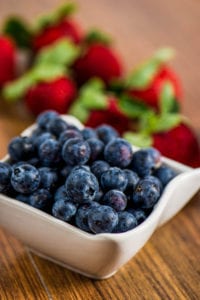
It is important to be aware of the calories we are consuming, not only from the quantitative perspective but also from a perspective that includes the quality of those calories. In another study involving children, the results showed that those offered vegetables for snacks during the time that they were watching television needed significantly fewer calories to become satiated than when given potato chips (4). The authors commented that this was true for overweight and obese children as well, however, they were more likely to be offered unhealthy snacks, like potato chips.
In a study published in JAMA in June 2012, the authors state that we should not restrict one type of nutrient over another but rather focus on quality of nutrients consumed (5). In my practice, I find that when my patients follow a vegetable-rich, nutrient-dense diet, one of the wonderful “side effects” they experience is a reduction or complete suppression of food cravings. As far as mindless eating goes, I suggest if you are going to snack while working, watching TV or doing some other activity, then snack on a nutrient-dense, low-calorie food, such as carrots, blueberries or blackberries. If you don’t remember how many vegetables or berries that you ate, you can take heart in knowing it’s beneficial. It can also be helpful to keep a log of what you’ve eaten for the day, to increase your cognizance of distracted eating.
Therefore, rather than counting calories and becoming frustrated by the process, be aware of the impact of your food choices. Why not get the most benefit out of lifestyle modifications with the least amount of effort? Rather than having to exercise more to try to compensate, if you actively choose nutrient-dense, low-calorie foods, the goal of maintaining or losing weight, as well as preventing or potentially reversing chronic diseases, becomes attainable through a much less painful and laborious process.
References: (1) J Exp Biol. 2013; Abstract 367.2. (2) Am J Clin Nutr. 2013 April;97:728-742. (3) JAMA Pediatr. 2013;167:14-20. (4) Pediatrics. 2013;131:22-29. (5) JAMA 2012; 307:2627-2634.
Dr. Dunaief is a speaker, author and local lifestyle medicine physician focusing on the integration of medicine, nutrition, fitness and stress management. For further information, visit www.medicalcompassmd.com or consult your personal physician.

